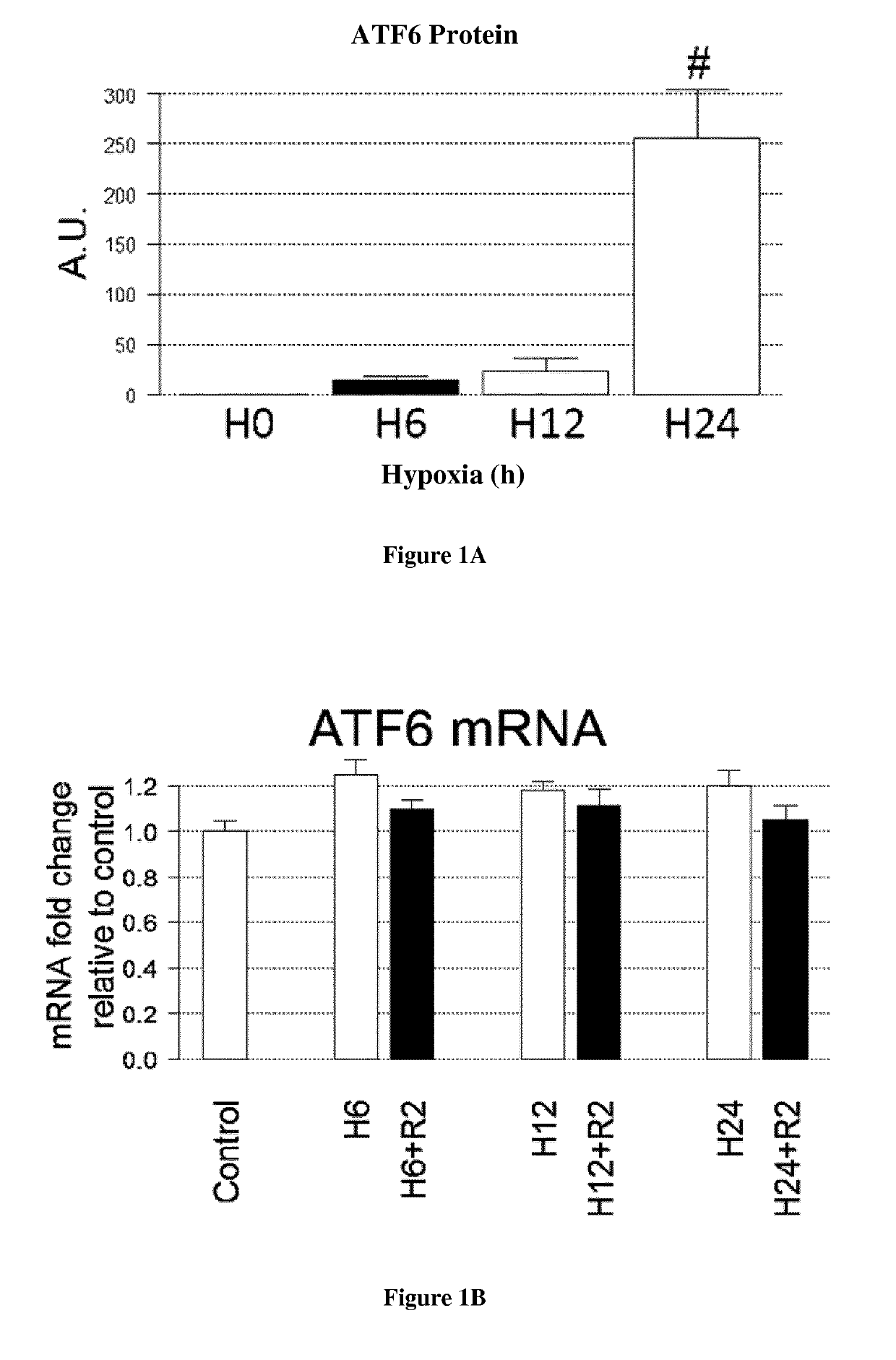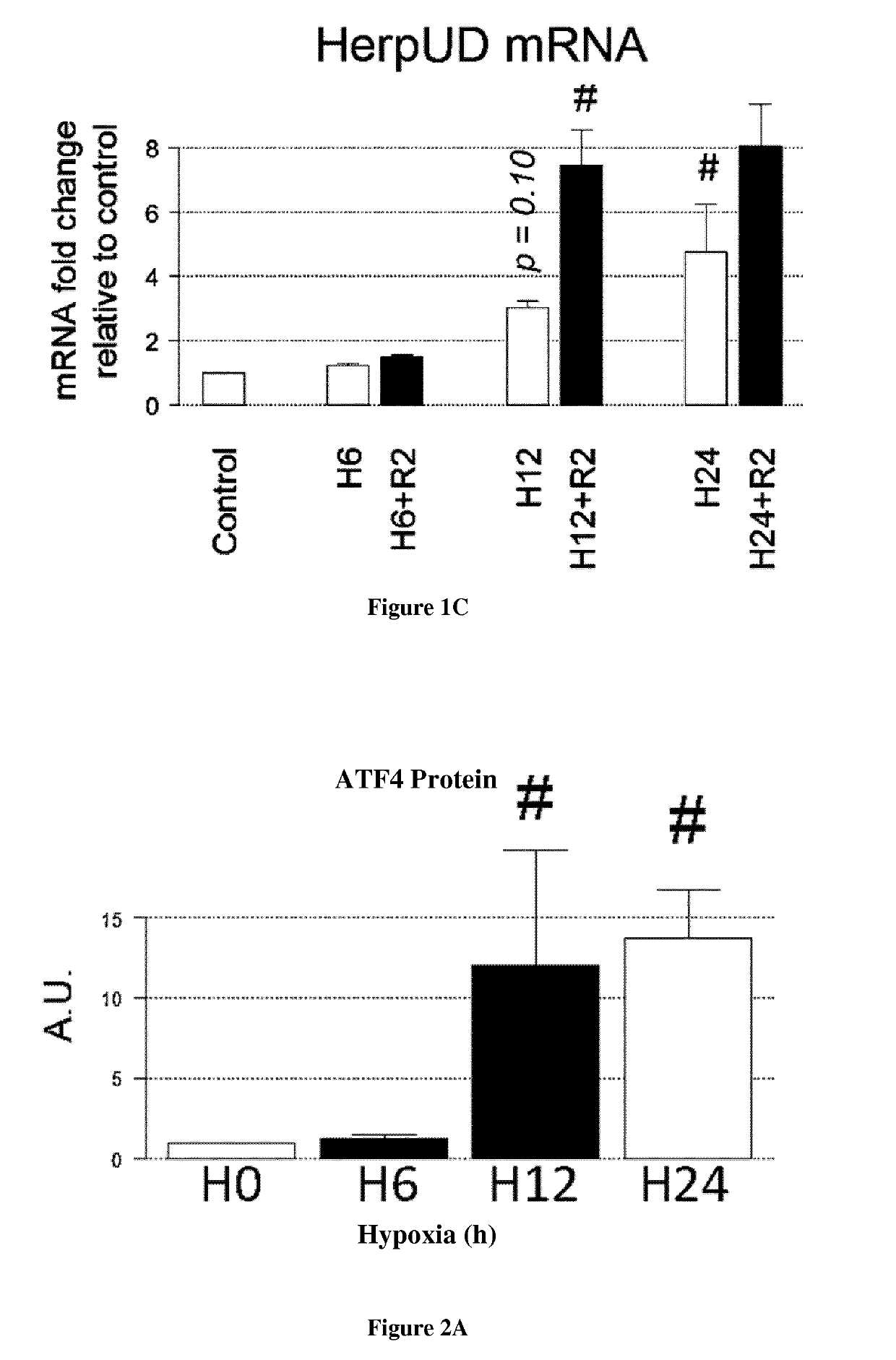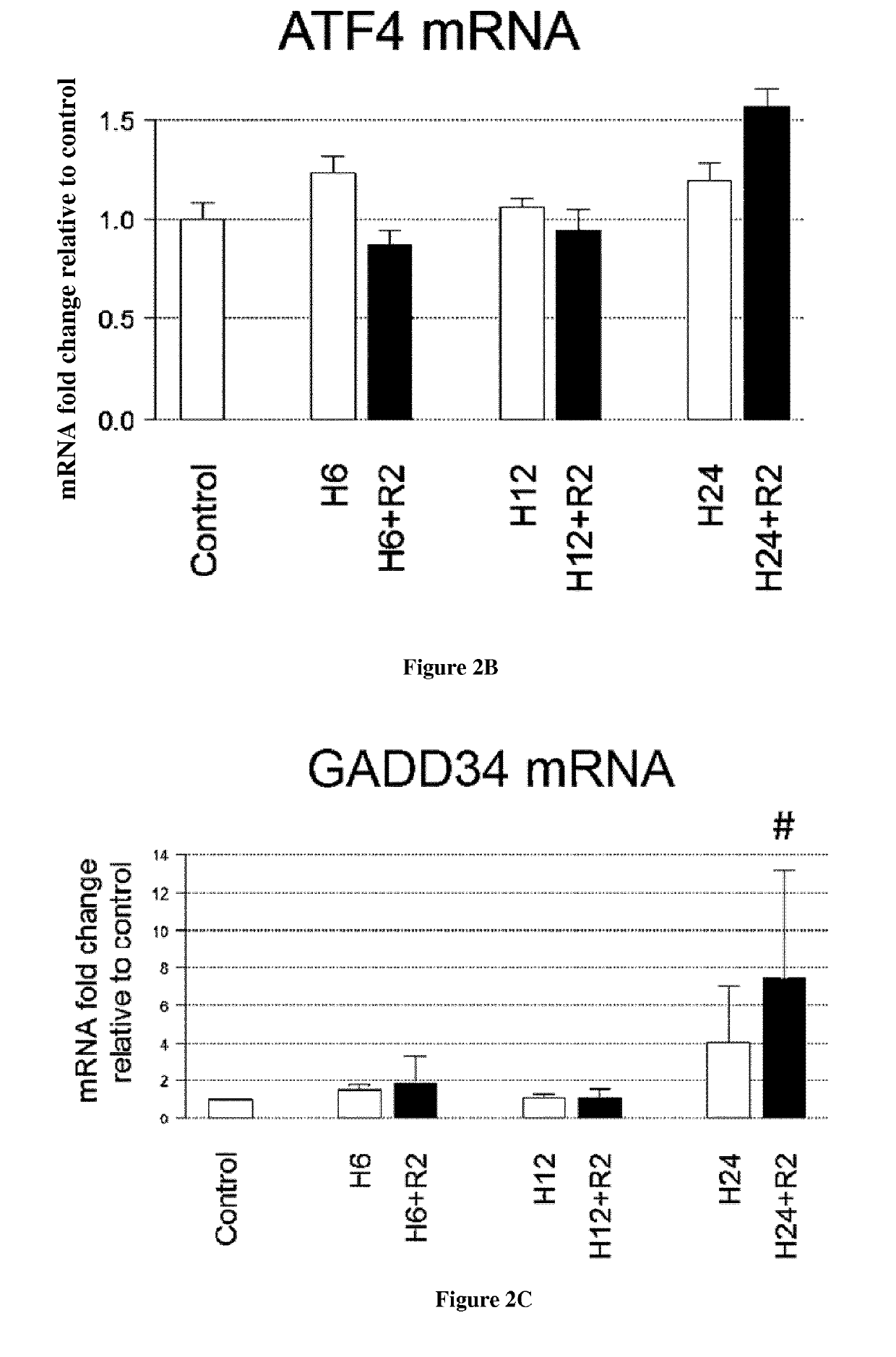Methods and compositions for the preservationof organs
a technology for organs and compositions, applied in the field of organ preservation methods and compositions, can solve the problems of poor organ quality of extended criteria donors, low donation rate, and ever increasing gap between organ demand and availability
- Summary
- Abstract
- Description
- Claims
- Application Information
AI Technical Summary
Benefits of technology
Problems solved by technology
Method used
Image
Examples
example
[0123]Material & Methods
[0124]Transmission Electronic Microscopy.
[0125]Cells or tissues were fixed with 3% glutaraldehyde during 2 h at 4° C. Cells were scraped before performing a 15-min centrifugation at 500 g. Cells were then resuspended in PBS (1:10 volume). A post-fixation step was achieved with OsO4 1% during 1 h at 4° C. The dehydration was obtained by processing the cells in increasing acetone concentrations. Then, cells were fixed in araldite resin before a polymerization step of 24 h at 60° C. Semithin sections (1 μm) were stained with toluidine blue to distinguish cells. Then ultrathin sections (˜600 nm) were obtained with ultramicrotome Ultracut S (Reichert). To enhance contrasts, uranyle acetate and lead salts were used. The cells were then observed by Transmission Electronic Microscopy (TEM) using JEOL 1010 microscope.
[0126]Cell Culture.
[0127]Primary human aortic endothelial cells (HAEC) were obtained from Gibco (Lot No: #765093 and Lot No: #999999) and cultured on 1% ...
PUM
| Property | Measurement | Unit |
|---|---|---|
| time | aaaaa | aaaaa |
| time | aaaaa | aaaaa |
| time | aaaaa | aaaaa |
Abstract
Description
Claims
Application Information
 Login to View More
Login to View More - R&D
- Intellectual Property
- Life Sciences
- Materials
- Tech Scout
- Unparalleled Data Quality
- Higher Quality Content
- 60% Fewer Hallucinations
Browse by: Latest US Patents, China's latest patents, Technical Efficacy Thesaurus, Application Domain, Technology Topic, Popular Technical Reports.
© 2025 PatSnap. All rights reserved.Legal|Privacy policy|Modern Slavery Act Transparency Statement|Sitemap|About US| Contact US: help@patsnap.com



